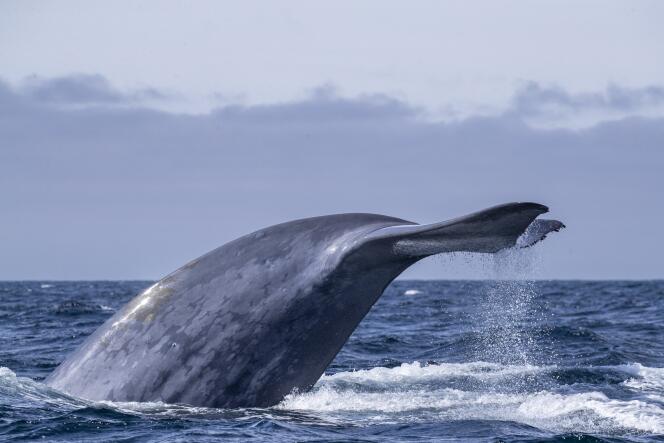


Professor of marine biology at the University of Groningen in the Netherlands, Per Palsboll is careful to put things into perspective: "We're just scientists. When making a decision on whaling, there are many criteria to take into account, and our results are just one element." Nonetheless, the article his team published in Science on Friday, September 1, is certain to make waves during the forthcoming discussions between states on the course of action to take. It concluded that the humpback whale population in the North Atlantic before the era of industrial fishing – three centuries ago – was much smaller than previously thought: just over 20,000 individuals, a far cry from the 150,000 envisaged. This means that the current population, estimated at 12,000 humpback whales, is much healthier than previously thought. Norway, the only European country to continue fishing for cetaceans, should welcome the news.
As spectacular as it is, this result is only one consequence of the study presented in Science. The aim of the researchers from nine different countries, coordinated by the University of Groningen and the Center for Coastal Studies in Provincetown (Maine, US), was in fact to determine what geneticists call the mutation rate of baleen whales, in other words the probability of a mutation occurring in the genome of an individual between two generations. These mutations are essential: When they are favorable, they enable a species to adapt to changes in its environment; when they are harmful, they lead to the development of pathologies.
Until now, scientists have used two methods to calculate this value. The first involved multiplying the sequencing of individuals to determine the genetic diversity of the population, then estimating the date of appearance of this species in the tree of life and the time spent between two generations, and deducing the famous rate. The problem is that these last two values are very difficult to assess accurately. The second method consists in comparing the DNA of current individuals with that of ancient specimens. However, fossils of sufficiently high quality must be available.
The new technique is quite different. Much simpler in principle, it simply compares the DNA of mother/father/child trios. It has already been used extensively with groups of animals bred in captivity. But this lifestyle in itself modifies all the parameters. In the wild, wolves, blue tits, seals and platypuses have benefited from this "pedigree" method. Palsboll's team used it for the first time on four whale species: blue, humpback, bowhead and fin whales. "The difficulty lies in having these trios available," said Marcos Suarez Menendez, first author of the publication, "and while females often stay with their calves, the males can be very far away."
You have 46.27% of this article left to read. The rest is for subscribers only.
